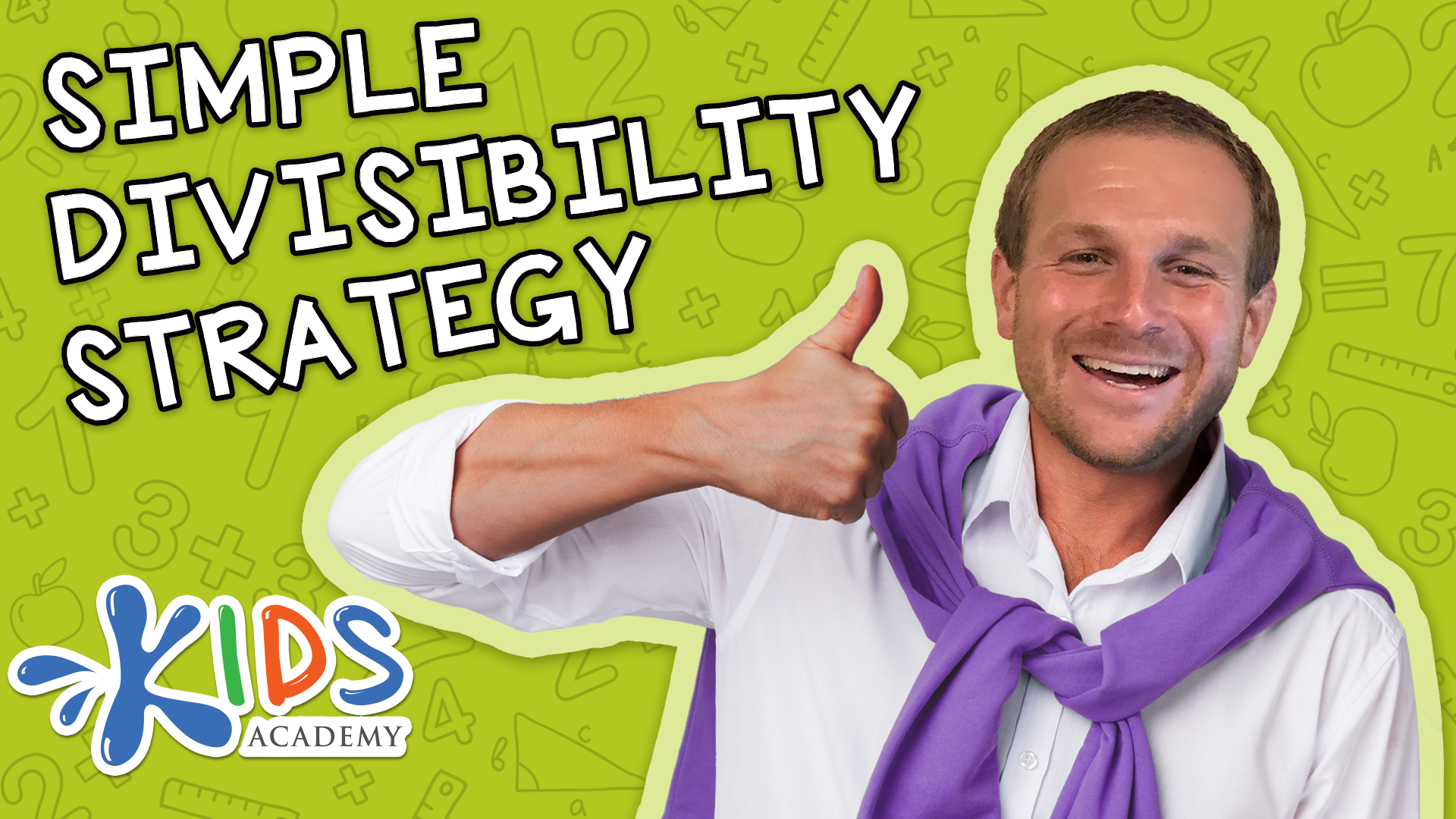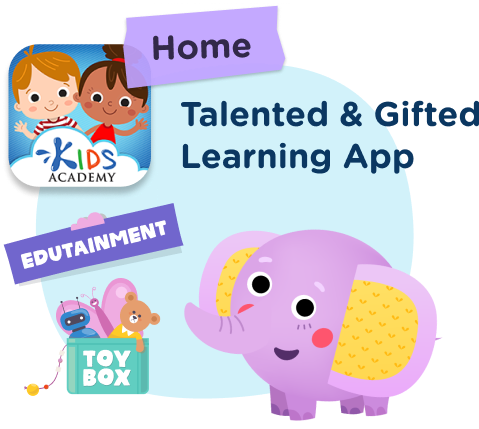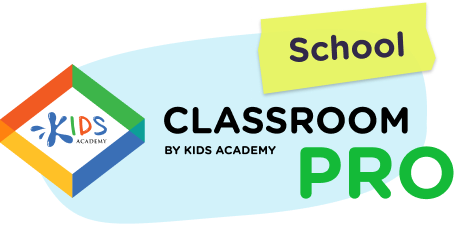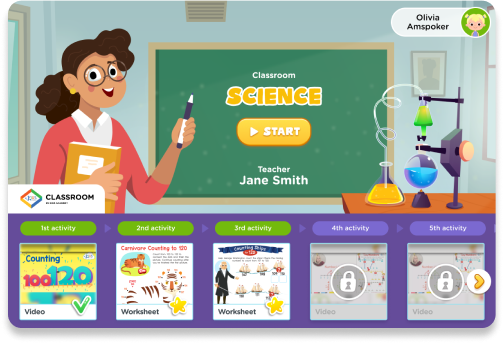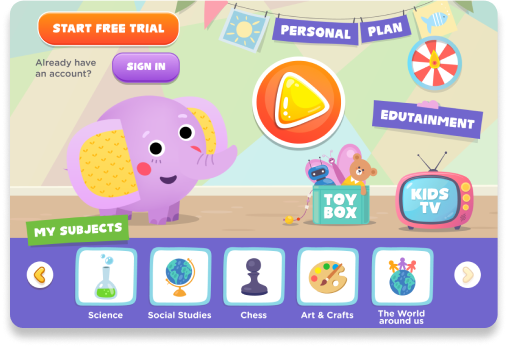Normal Physical Science worksheets activities for Ages 5-8
4 filtered results
-
From - To
Discover engaging Normal Physical Science worksheets designed for young learners ages 5-8! Our collection offers fun and interactive activities that cultivate curiosity about the natural world. Each worksheet is carefully crafted to promote foundational knowledge in physical science concepts such as matter, forces, and energy. Ideal for classroom enrichment or at-home learning, these resources encourage hands-on exploration while developing critical thinking and problem-solving skills. Teachers and parents will find a variety of exercises, including matching, coloring, and puzzles that make learning enjoyable. Help your child explore the wonders of physical science today with our comprehensive worksheets. Start the adventure now!
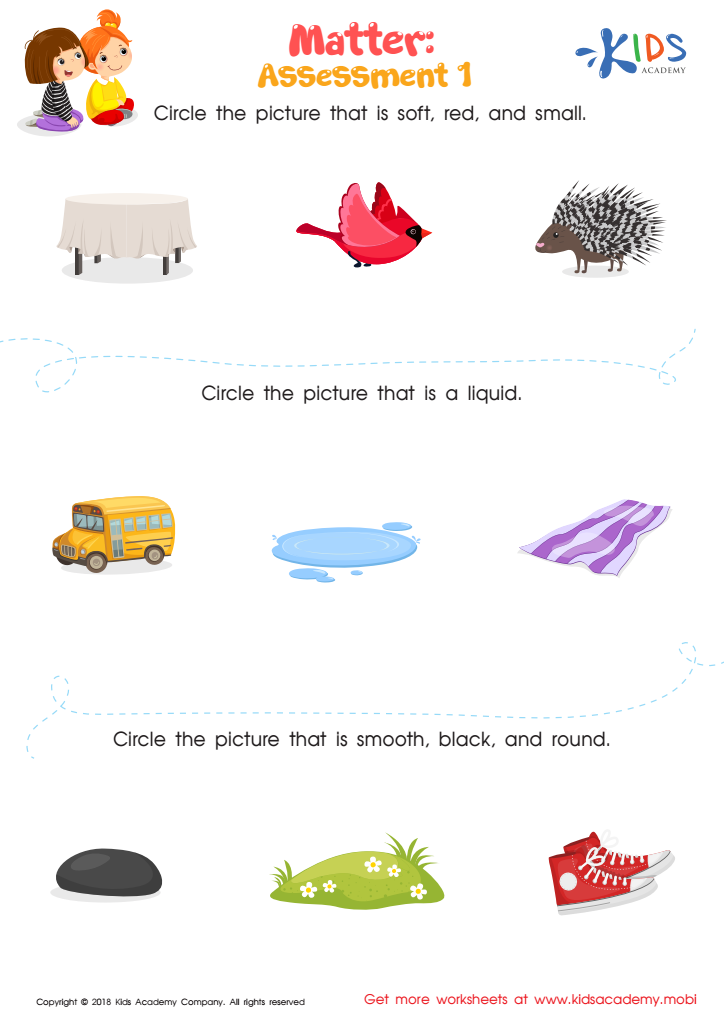

Matter: Assessment 1 Worksheet
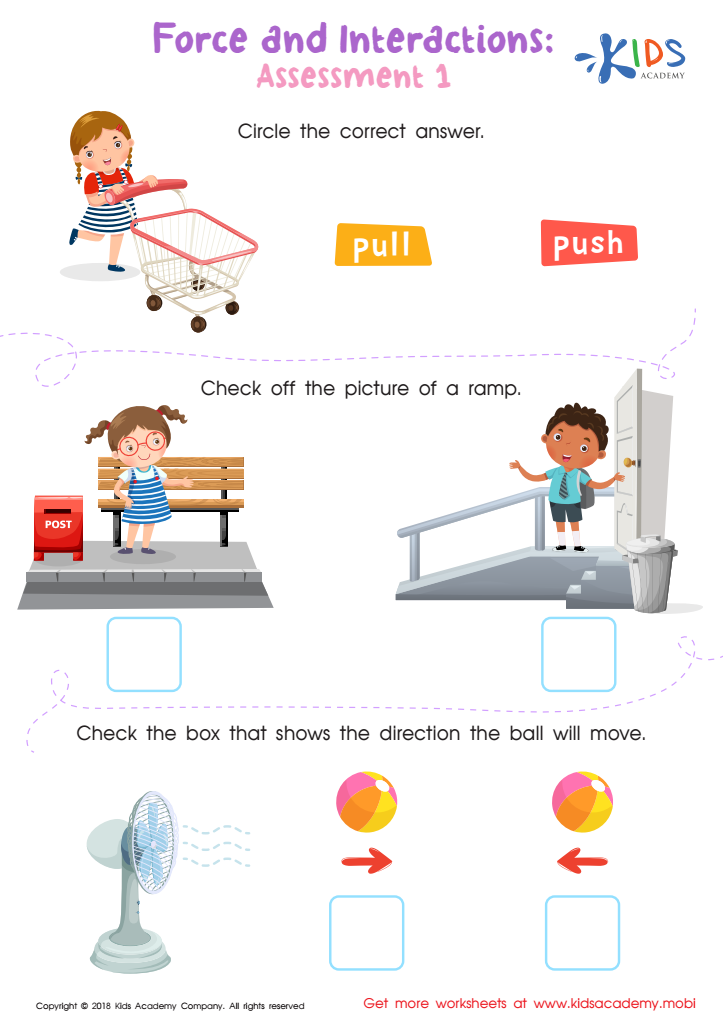

Force and Interactions: Assessment 1 Worksheet
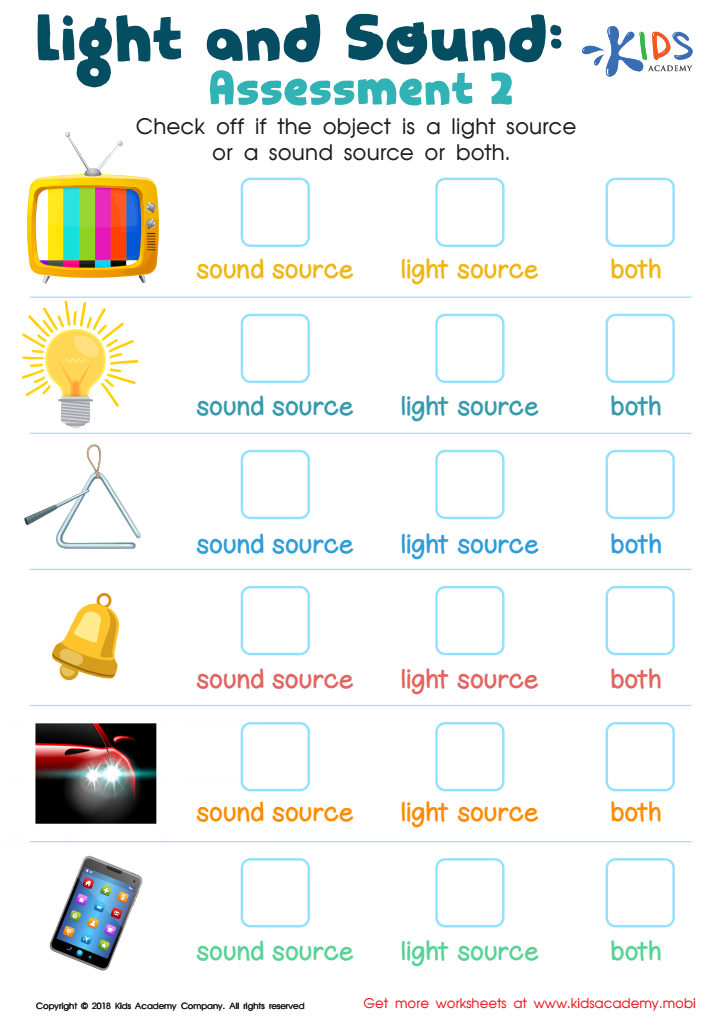

Light and Sound: Assessment 2 Worksheet
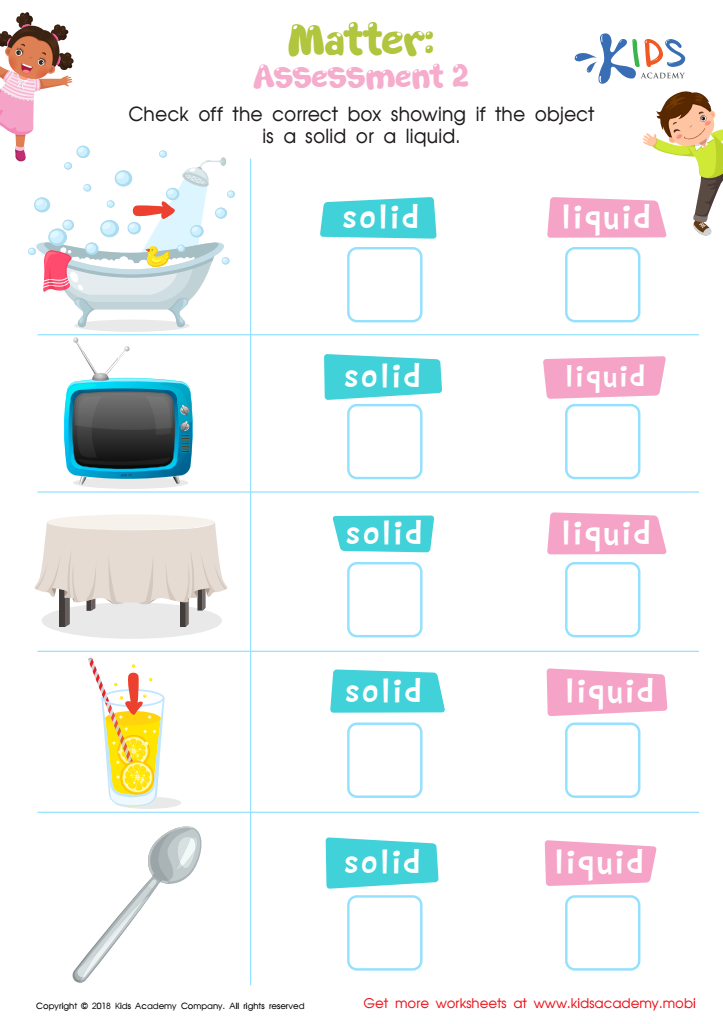

Matter: Assessment 2 Worksheet
Parents and teachers should prioritize Normal Physical Science activities for children aged 5-8 because these activities lay the groundwork for a strong understanding of fundamental scientific concepts. At this age, children are naturally curious and eager to explore the world around them, making it the ideal time to introduce them to scientific thinking and inquiry.
Engaging in physical science activities fosters critical skills such as observation, prediction, and experimentation. These experiences not only ignite a passion for science but also enhance cognitive development, promoting problem-solving and critical-thinking skills that are valuable across all subjects. Moreover, hands-on activities help solidify abstract concepts, making science more tangible and relatable for young learners.
Furthermore, when children participate in Normal Physical Science activities, they develop collaboration and communication skills through group work and discussions, fostering social interaction and teamwork. Such interactions are essential for building a sense of community and belonging in educational settings.
Ultimately, prioritizing physical science activities ensures that children build a strong scientific foundation that supports ongoing learning. This investment in their early education can inspire a lifelong love for discovery, laying the groundwork for future success in science and other academic fields.
 Assign to My Students
Assign to My Students


